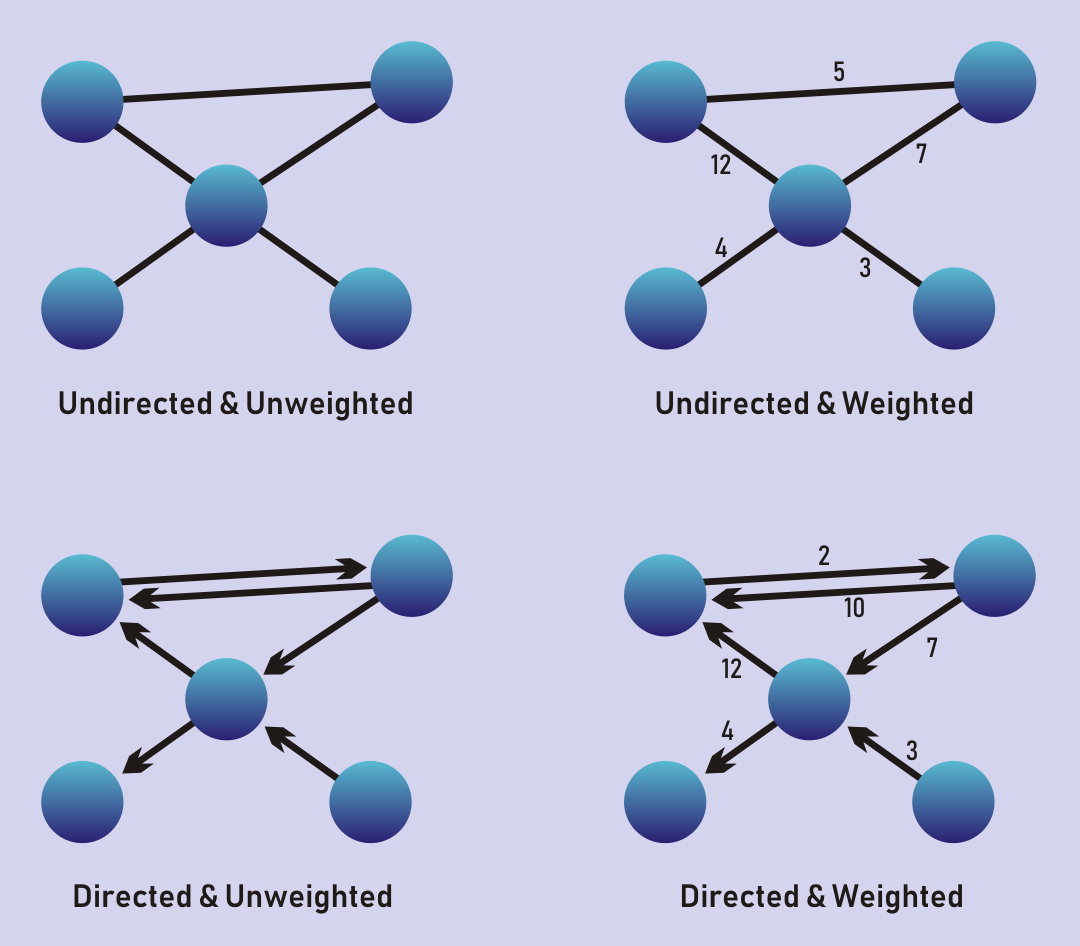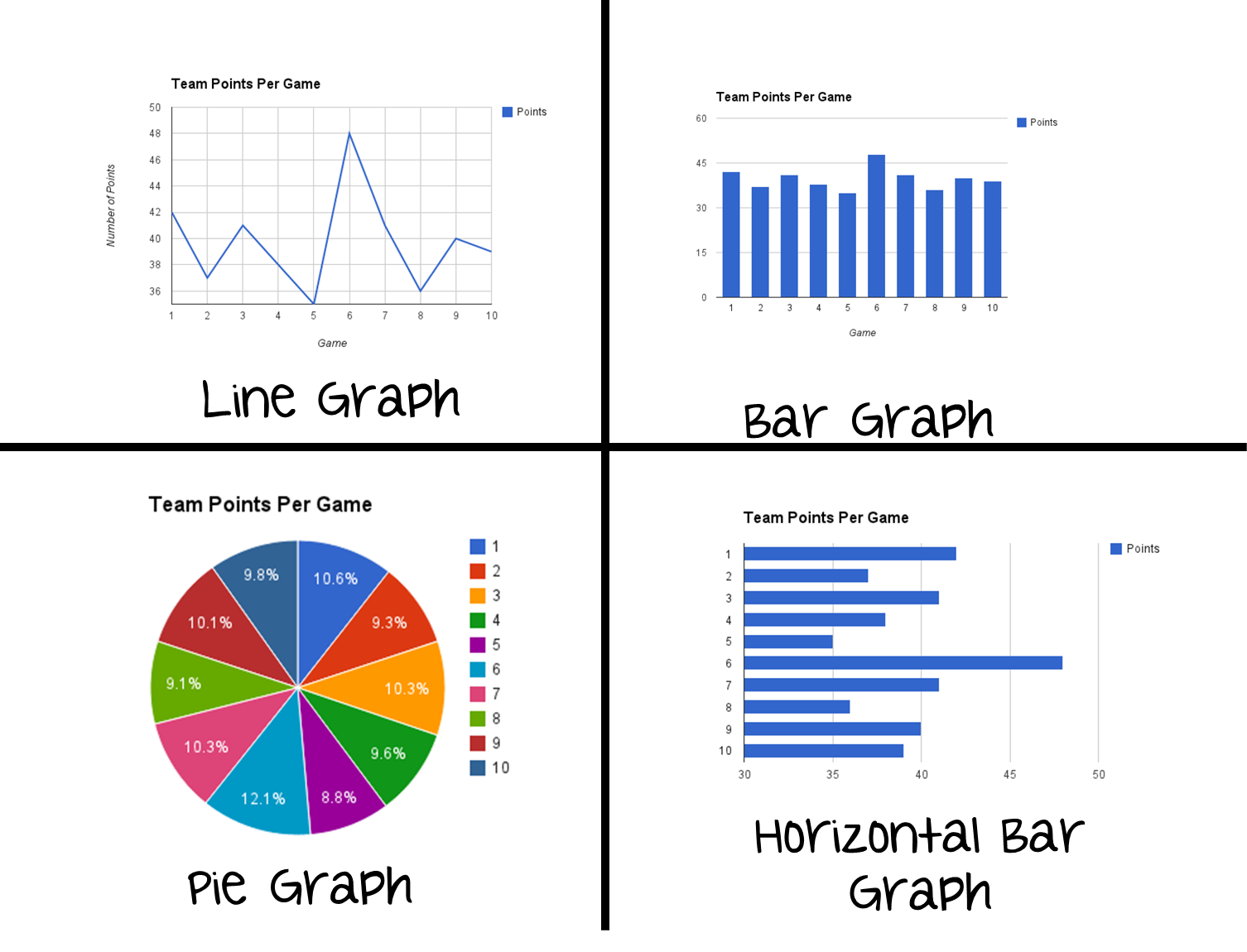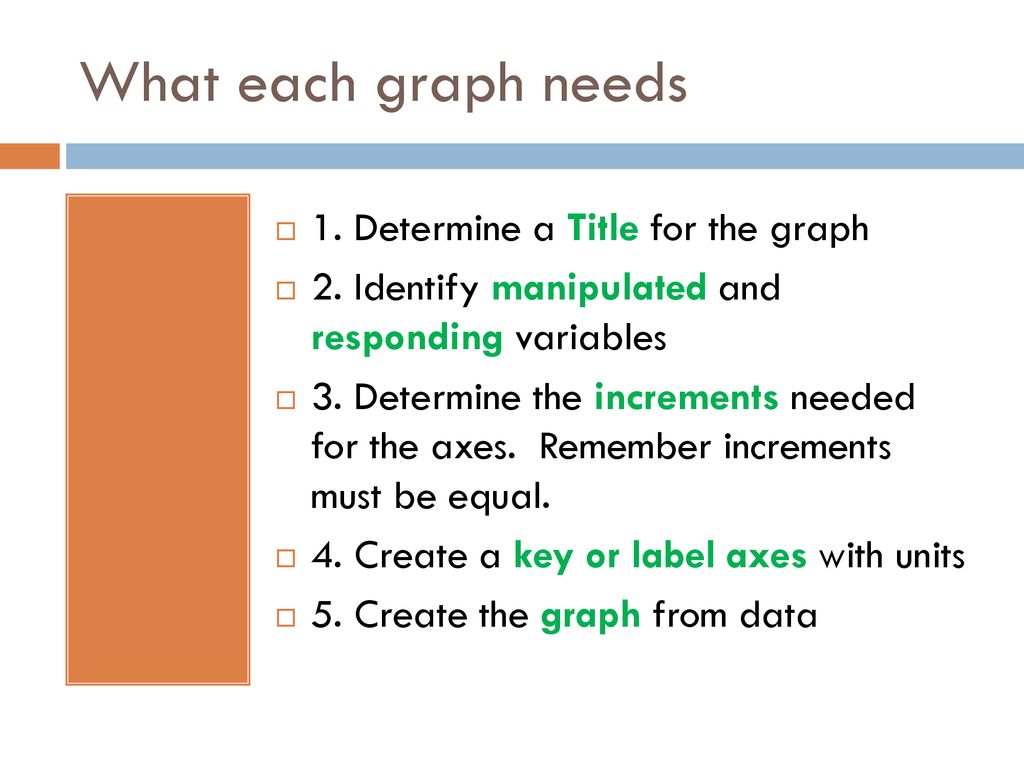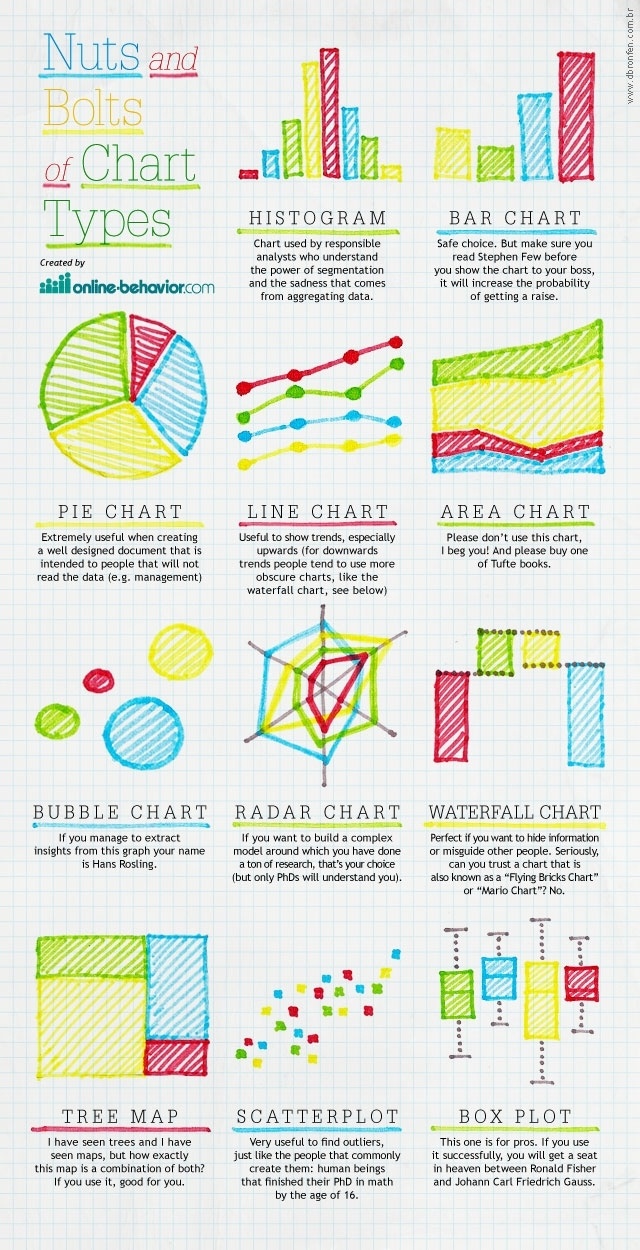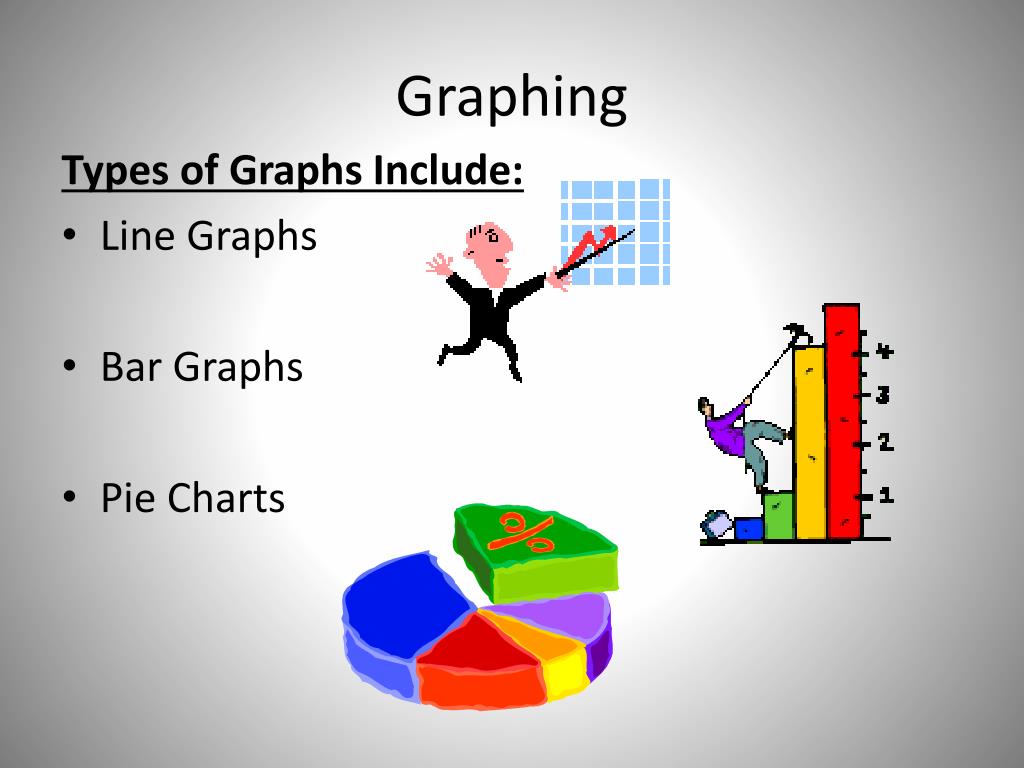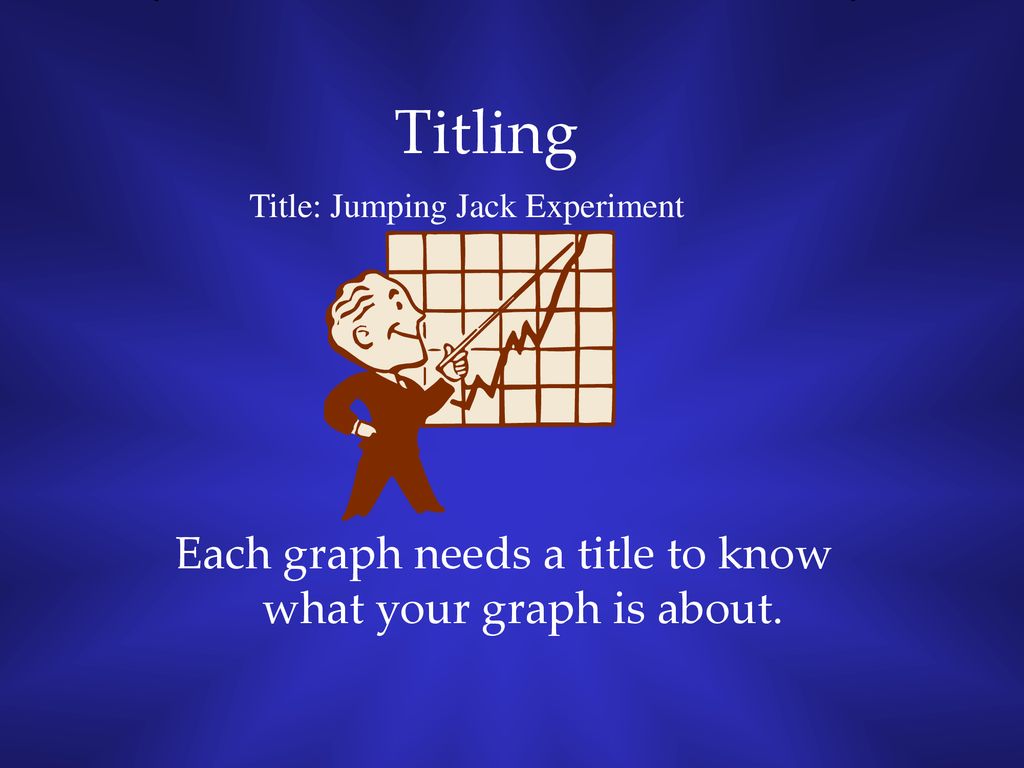Casual Tips About What Are The 7 Things A Graph Needs Trendline Types
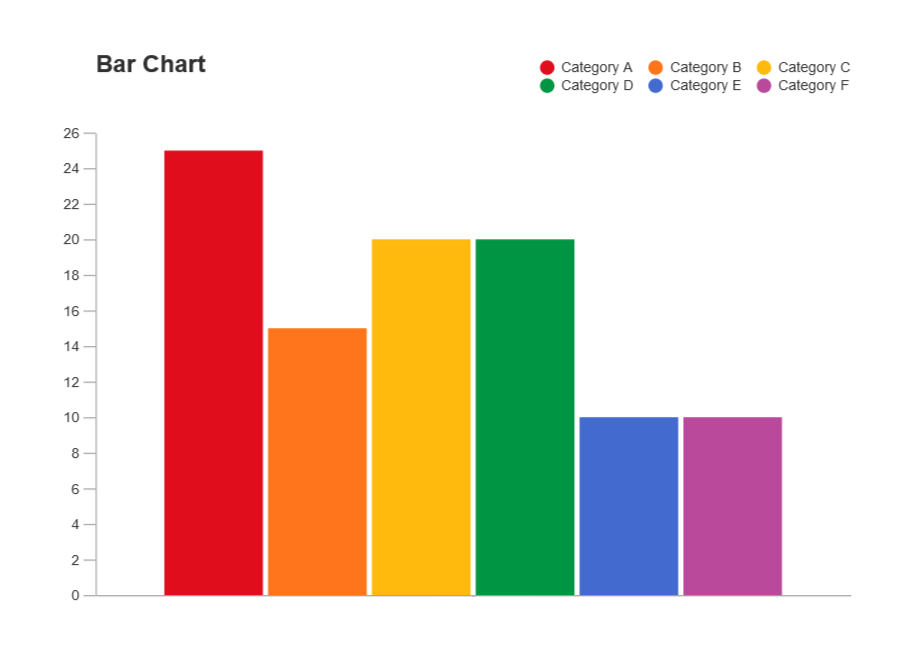
But by far the most common graphs in scientific publications are scatter graphs and bar graphs, so that's all that i'll talk about here.
What are the 7 things a graph needs. There are five things about graph that need our attention when designing graphs: Better yet, it can overcome a poorly designed data. Without your data points, you wouldn’t have a graph, so this might seem obvious.
When you hear the word, graph, what comes to mind? Bar graphs are effective for comparing categories or groups. They are often used to track trends, compare multiple variables, or analyze continuous data.
Graphs can be a powerful way to represent relationships between data, but they are also a very abstract concept, which means that they run the danger of meaning. There are many kinds of graphs—bubble graphs, pie graphs, doughnut graphs, radar graphs—and each may be the best for some kinds of data. The seed parameter here is useful if we want results to be the same, otherwise, each redraw will produce another looking graph.
In math, a graph can be defined as a pictorial representation or a diagram that represents data or values in an organized manner. A graph is a set of vertices v and a set of edges e, comprising an ordered pair g= (v, e). Graph functions, plot points, visualize algebraic equations, add sliders, animate graphs, and more.
Knowing how to verbalize a graph is a valuable skill to drive deeper understanding for your audience. Are you comparing sales across different. Explore math with our beautiful, free online graphing calculator.
However, it is important that your data points be large enough to be seen, or. If you have a large number of categories with a variety of. Do you need a graph?
A graph is a representation of a network, often illustrated with circles to represent entities which we call nodes, and lines to represent relationships. Graph theory is the study of mathematical objects known as graphs, which consist of vertices (or nodes) connected by edges. Our world is composed of countless objects and connections which we can call as physical networks like roads, phone lines, electrical wires, veins and arteries of our.
Line graphs are ideal for showing how data changes over time. (in the figure below, the vertices are. Table of contents.
Sometimes results can be easily summarised in a sentence or two, or by using a simple table. Visual structures, axes and background, scales and tick marks, grid lines, text. Spring layout, image by author.
The points on the graph often represent the relationship between two or more things. Model applications of graph basics.

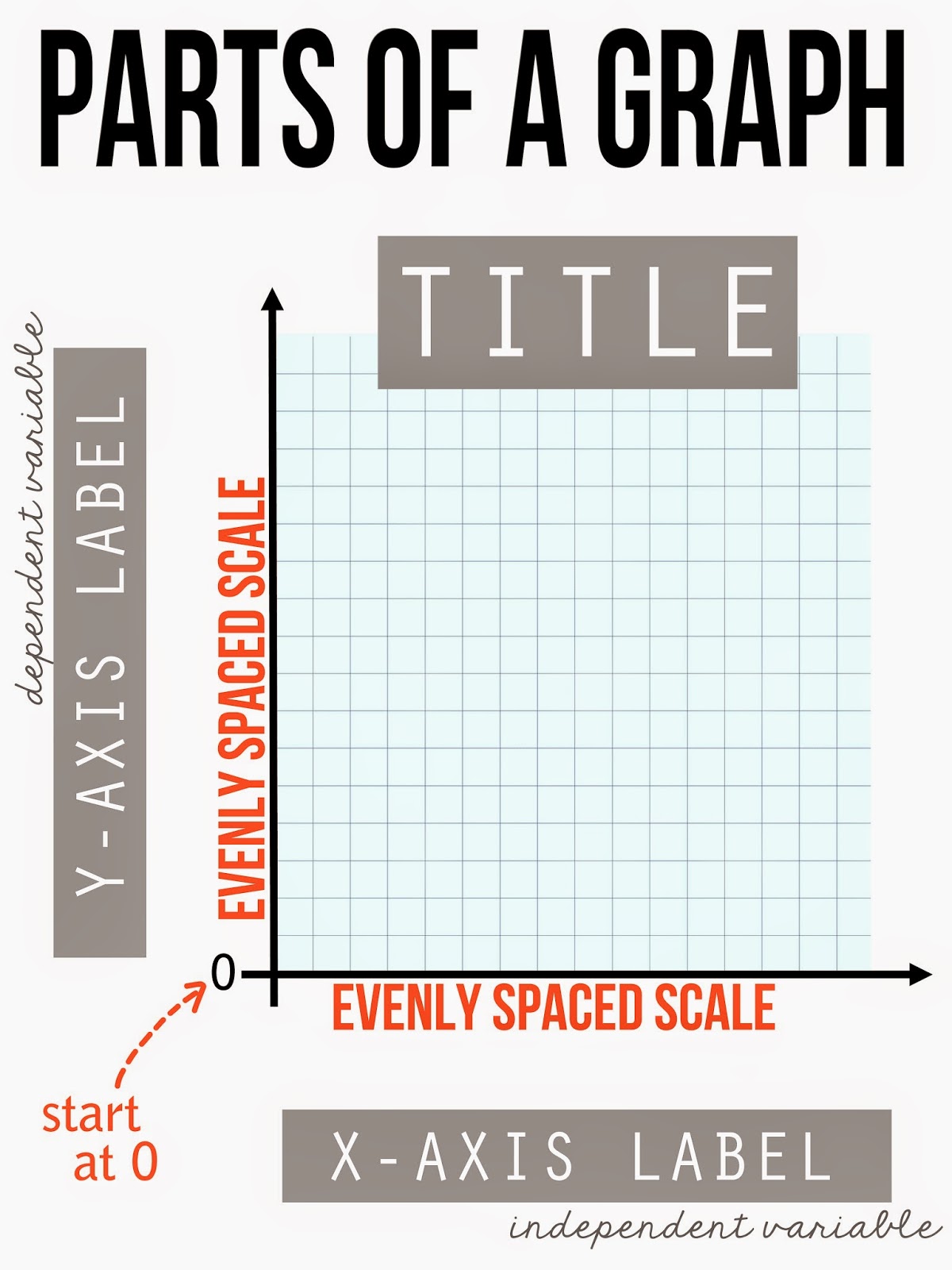

_no+title.png)
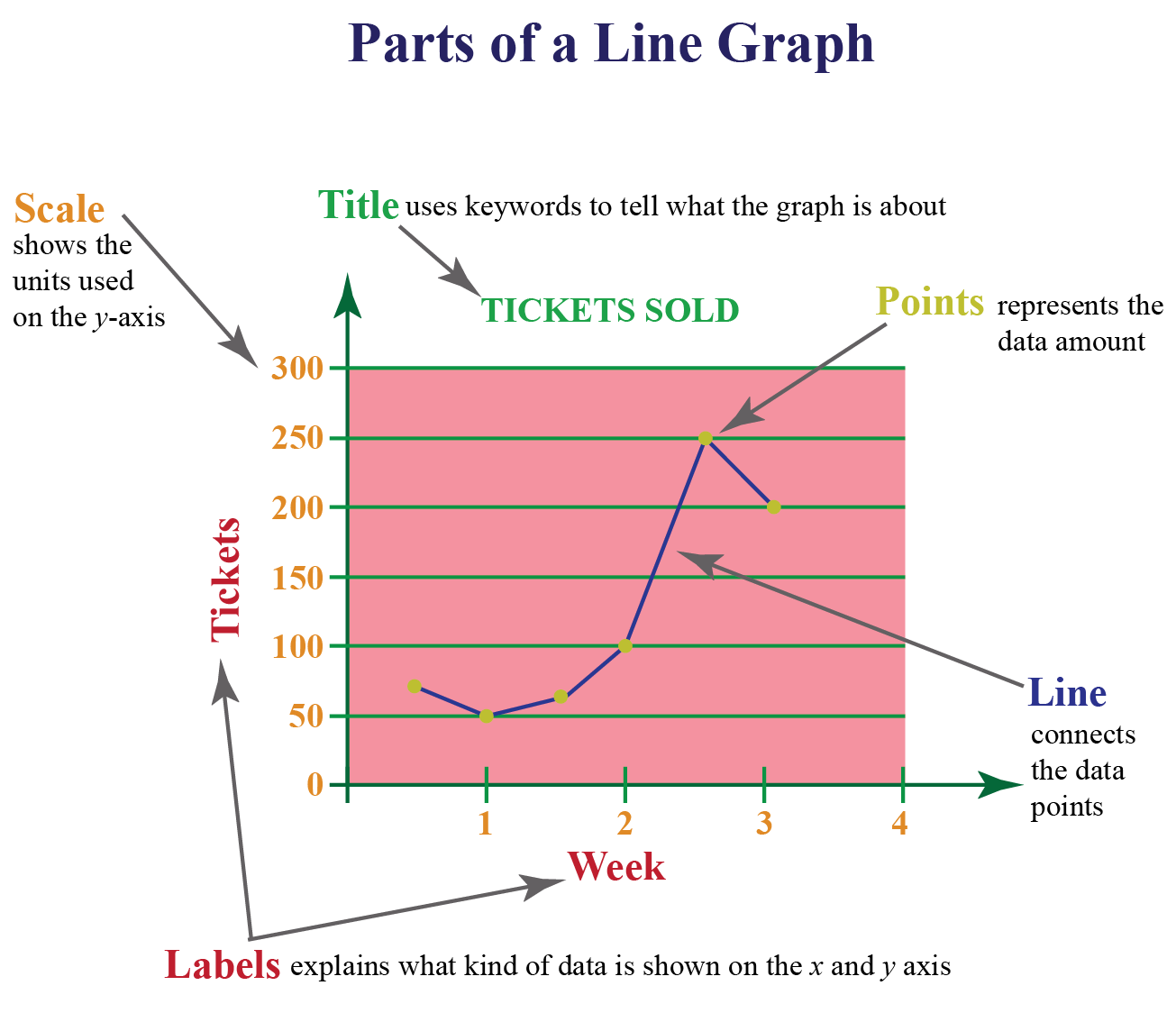
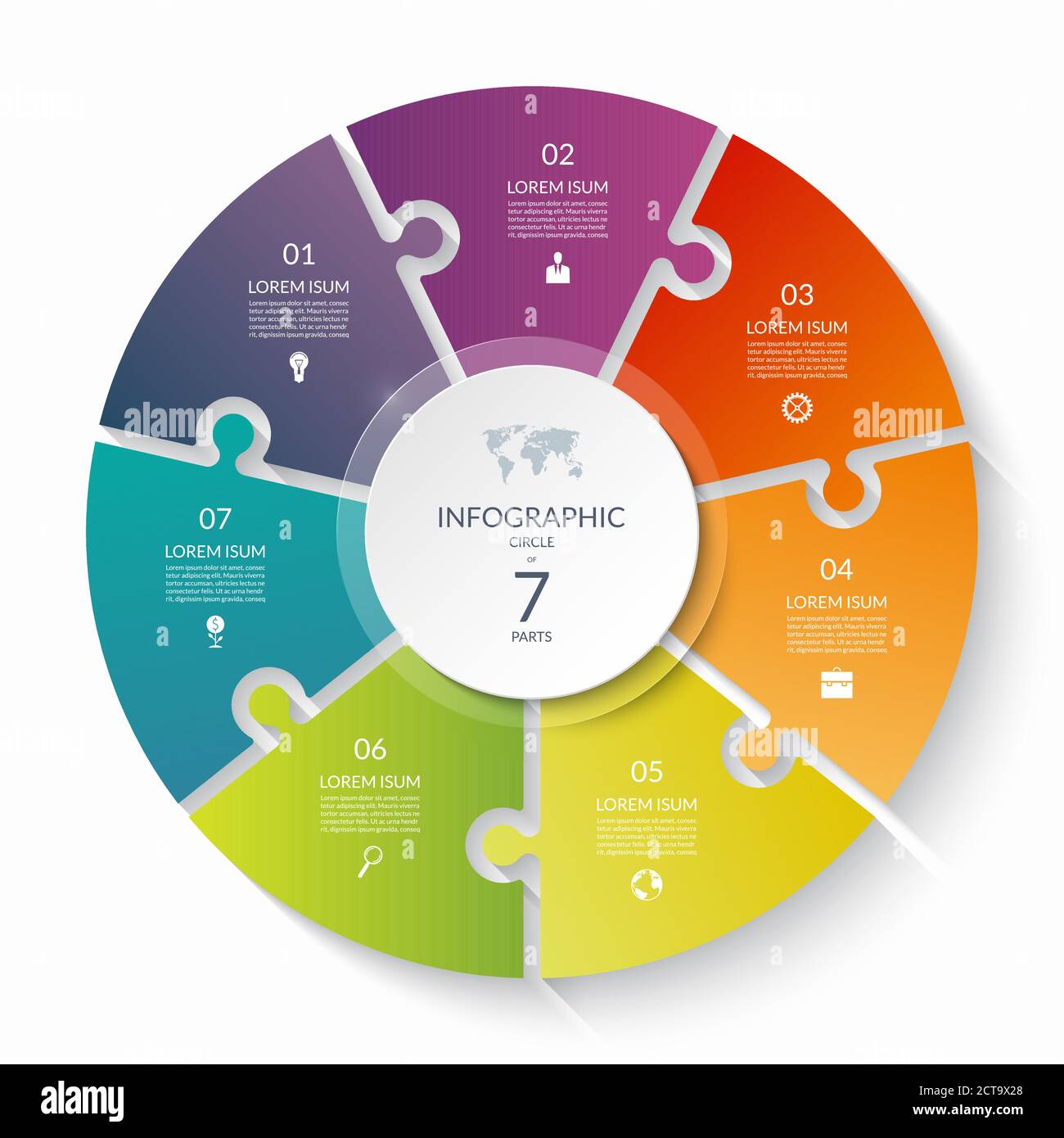

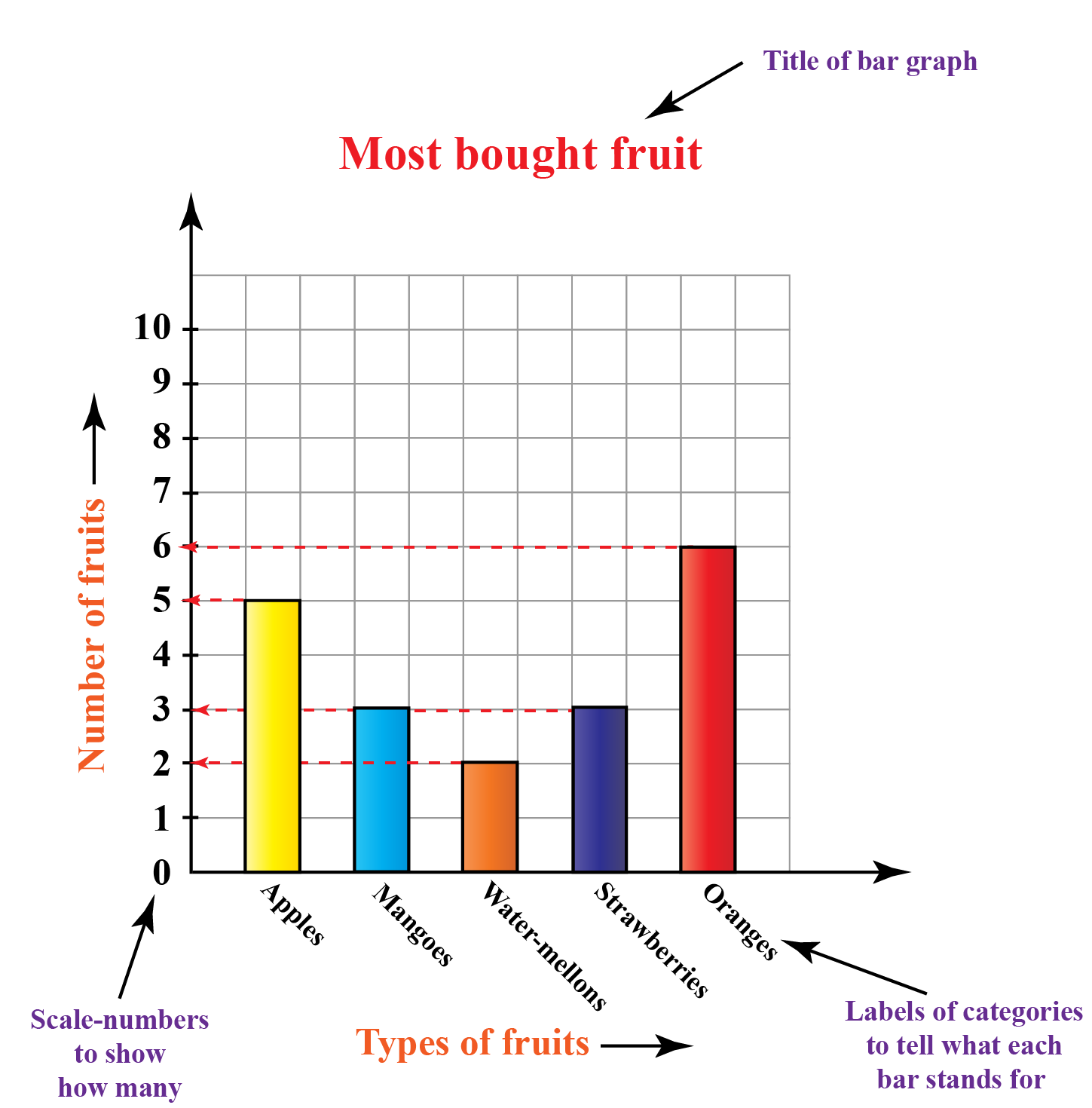
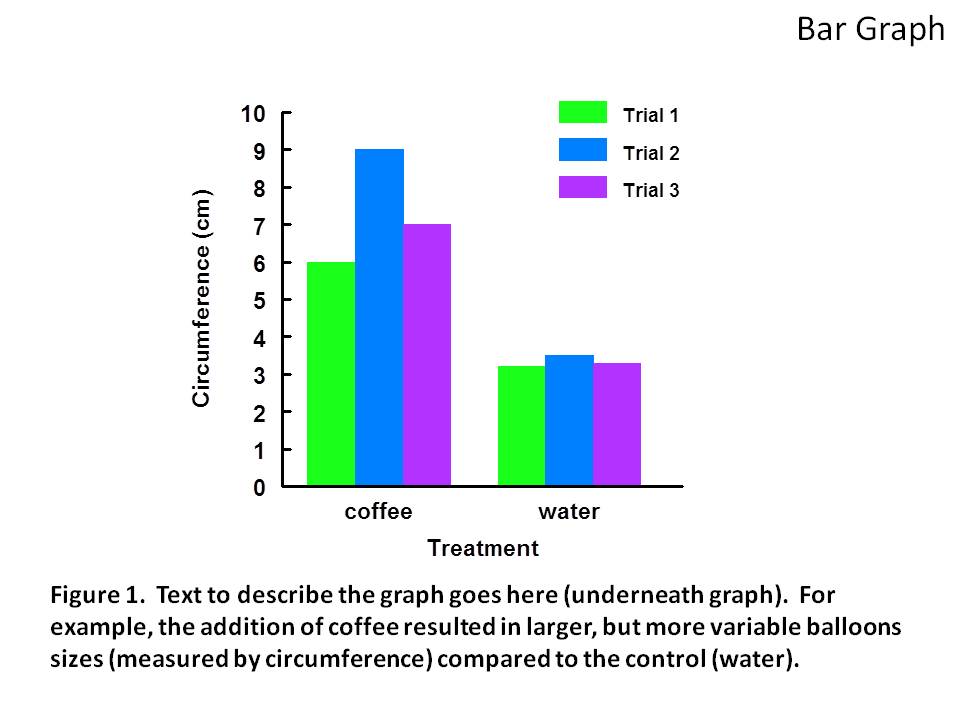
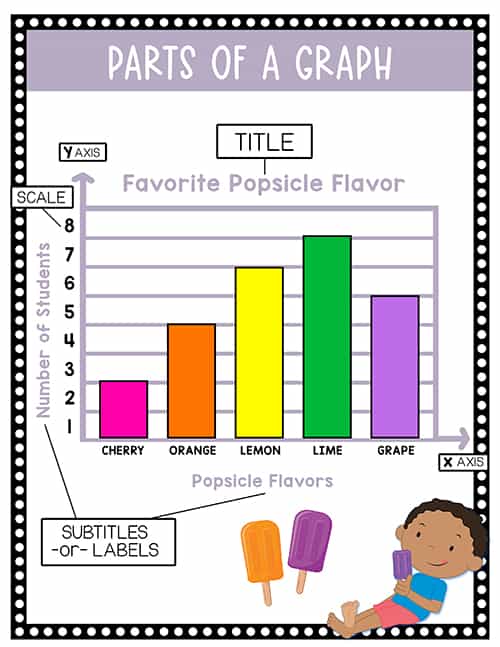

:max_bytes(150000):strip_icc()/pie-chart-102416304-59e21f97685fbe001136aa3e.jpg)
